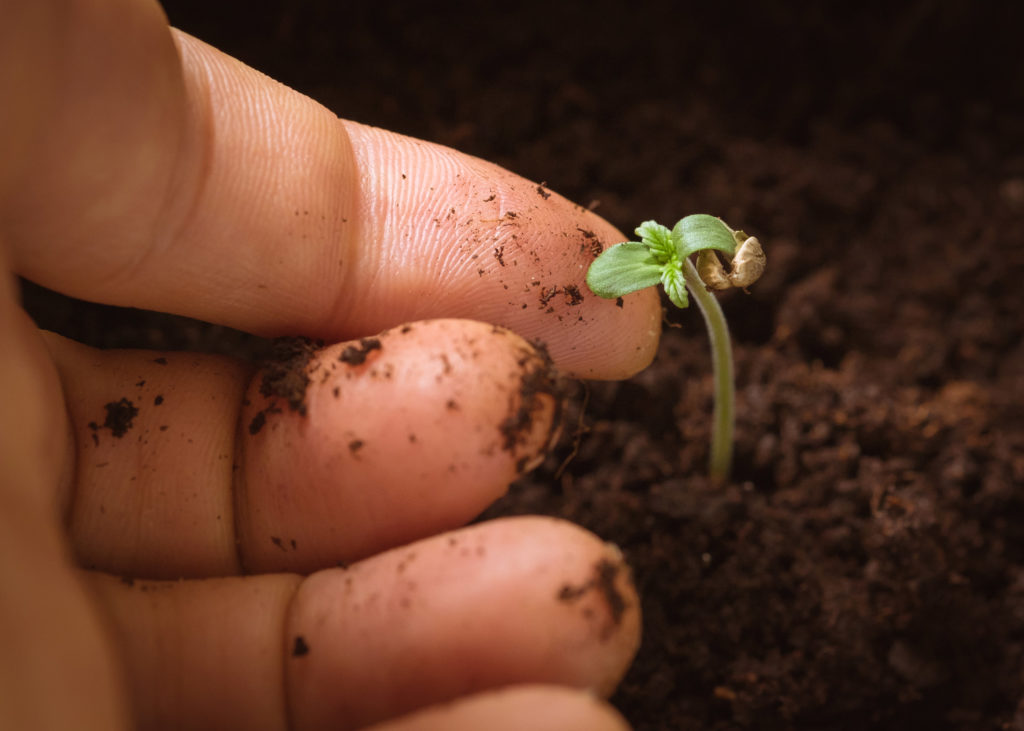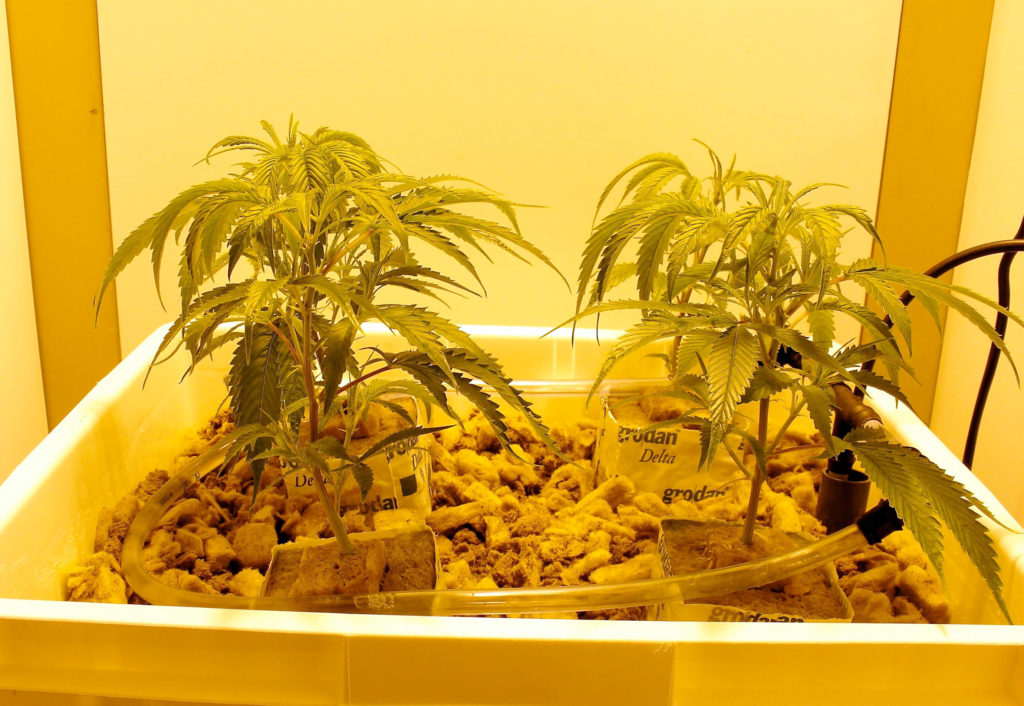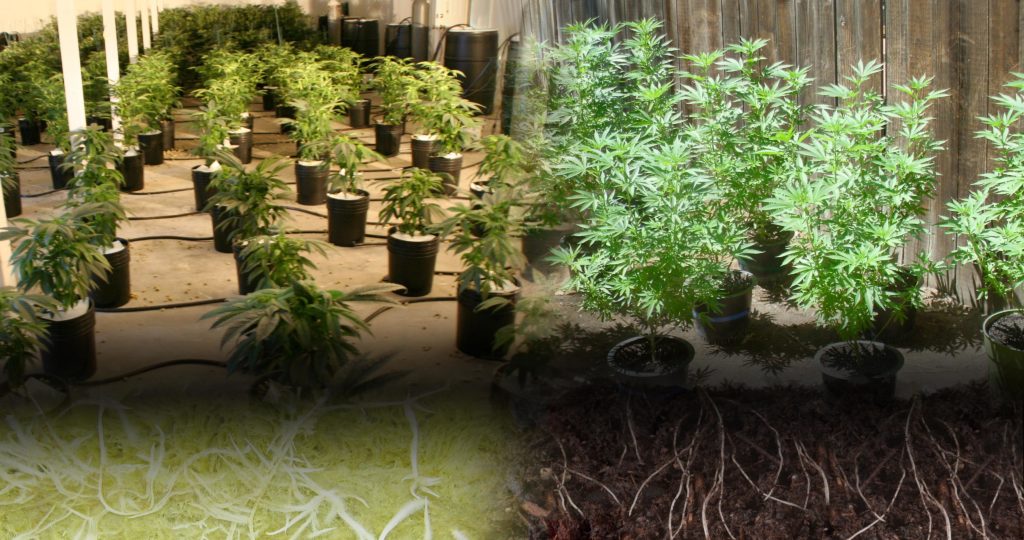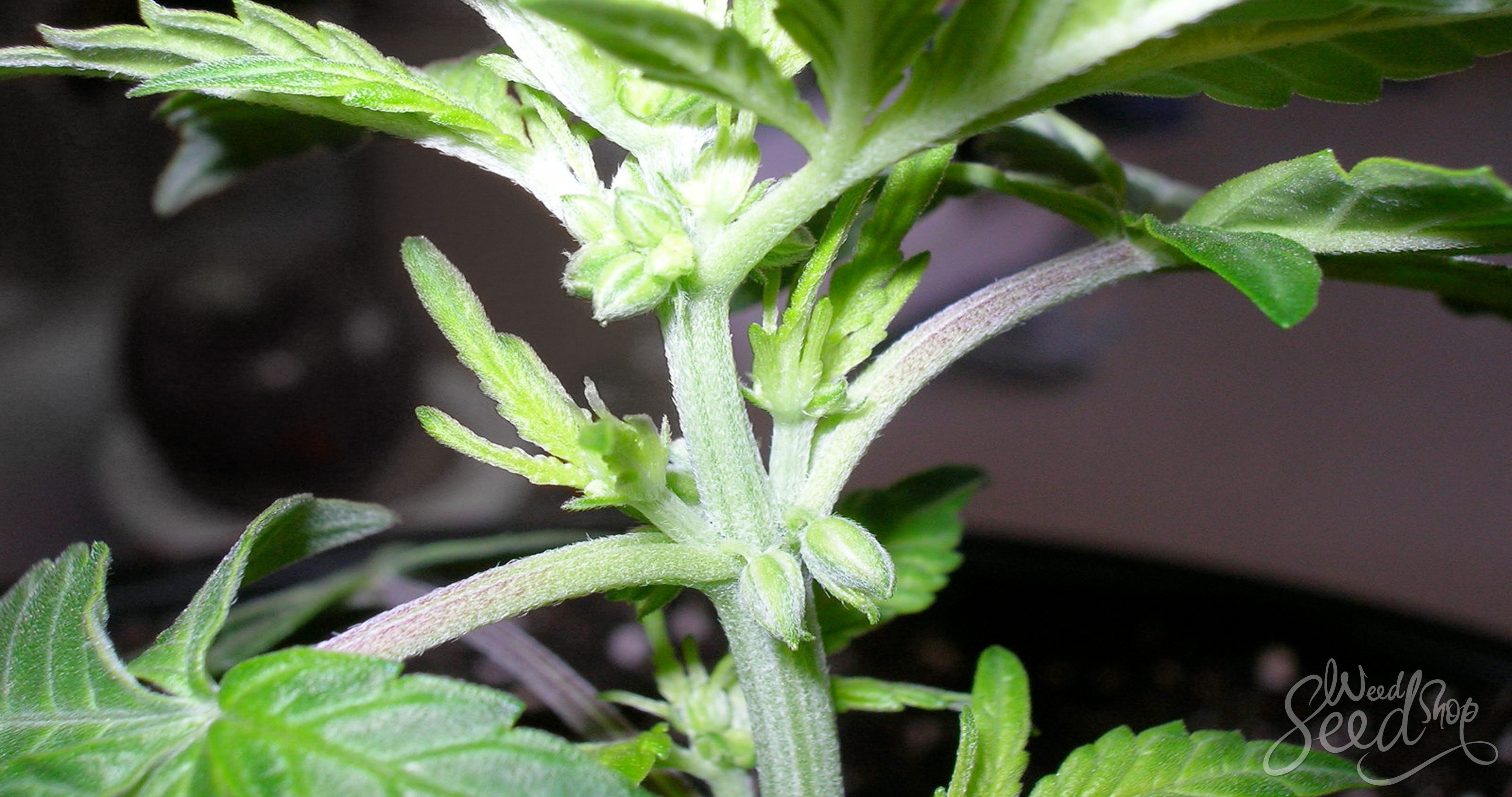In the battle between hydroponic and soil systems, nobody wins. Which one you choose will all boil down to how experienced you are at growing weed, and exactly what kinds of cannabis you want to grow. This article is everything you need to know about both systems so that you can make an informed decision for your grow room.
There are so many different factors involved in a gardening project, but arguably the most important is choosing whether to use a hydroponic or a soil system. And, just as with anything, both of these different methods have their benefits and advantages. The common belief among gardeners is that hydroponic systems produce faster and are therefore better, but this system also does not come without its downfalls. The same thing applies with a soil system.
So then, how to choose whether to use a hydroponic or a soil system? It all depends on what you are growing and the experience that you have had with growing plants. For example, if you are new to growing, perhaps soil is a better option because there are fewer things to worry about with a soil system. However, if you are a commercial grower, you might prefer a hydroponic system because it yields faster, and this will be necessary for business.
The difference between hydroponic and soil
Soil is the conventional way to grow anything because this is just how nature does it. Effectively, this means there is less for the gardener to worry about because the soil looks after most of the work. There are nutrients that are present naturally in soil that assist in maintaining the pH levels in the plant. Alternatively, these nutrients can be added to the soil, and the soil acts as the buffer for pH in the plant.
Depending on what is being grown, growers sometimes prefer to use soil rather than hydroponic because of the way that it affects the taste of what you are growing. For most people growing weed, they prefer the taste of soil grown because of the earthy flavour it can bring to the smoke. The same might not be true if you are growing tomatoes, for example.
Hydroponic systems, on the other hand, do not necessarily use soil at all. The roots of the plant are thus suspended in a liquid solution that contains a controlled balance of nutrients for the plants. Having such control over the nutrients, and having them present in a highly soluble form means that the plants do not have to search frantically for the nutrients that they need to grow, as they might have to do with soil. This method is called the nutrient film technique.
There are other ways to set up a hydroponic system, where the plants are not suspended solely in water without a growing medium. There are other ways to set up a hydroponic system which contain a growing medium such as sand, gravel or coconut fibre. Choosing a growing medium, if this is the method you choose to use, will depend on what you are growing and which growing medium will be appropriate. The growing medium does not provide nutrients to the plant, as it is the hydroponic drip which will control the pH and nutrient level of the plants.
Advantages and disadvantages of soil

If a soil with the correct balance of nutrients is purchased, then growing with soil is a very forgiving method of gardening. The soil itself contains the pH level necessary to grow the plant, and also contains all the nutrients that the plant will need. Growing with soil is generally the easier way to grow, if you are new to the entire gardening process. Most cannabis users also say that their buds taste better when grown in soil because it takes on the flavour of the soil.
The main disadvantage of growing in soil is the time it takes a plant to recover if there is something wrong with it. Soil takes much longer to show signs of problems, and identifying a problem with your plant may take much longer than usual. It also means that it may be too late by the time the problem is identified. In the case of weed, there is generally a smaller yield in plants that are grown in soil, and they take much longer to grow.
There is also an issue of flushing your plants of the nutrients you have been feeding them when they are grown in soil. Depending on what you are consuming, it may be completely necessary to wash your plants of these nutrients. The best way to do this is to remove your plants from the soil a few days before the flowering process is complete and to put them in some water. The water will effectively flush the nutrients from your plants, and they will survive for a few days after being removed from the soil.
Advantages and disadvantages of the hydroponic system

Most growers are leaning towards a hydroponic system of growing these days because of the control that can be maintained over the nutrient levels of the plant. This means that, depending on the different stages of the plant, the nutrients can be fed in the exact amount that is required at that stage. Growers also find that growing in the hydroponic system provides a faster yield, as well as a bigger one. This is a great advantage for those who are growing commercially, as the turnover of plants will be much faster.
Another major benefit of using the hydroponic system is that you do not run the risk of having to deal with soil-borne pests. If the hydroponic system you are running is the nutrient film technique, there is no soil involved at all, and therefore pesticides and insecticides are not required to save your plant. Growing can be entirely automated with hydroponics, which means maintenance can be under strict control. It is also much easier to identify problems in the hydroponic system and they can therefore be rectified before seriously damaging the growth of your plant. On the other hand, problems spread fast in a hydroponic system, so they have to be tackled early!
The major disadvantage with this system is the complexity of it. Understanding the hydroponic system can be a challenge for people growing for the first time, and therefore they run the risk of making mistakes very early on. Those using hydroponics also agree that the taste of the plants that are grown in this system are not as tasty as those grown in soil.
Combining both methods for the most optimum growing environment
In fact, there is no need to choose entirely between a soil and a hydroponic system, because the two happen to work very well together. What this involves is having a soil for the plants to grow in, but an automated drip system to maintain the water levels, pH levels, and nutrient levels. This means that the soil can generally be left unattended, because the automated drip looks after everything for you.
This is a good way to combine both of these systems for an optimum growing environment. Despite wanting bigger yields faster, those people growing usually take pride in the taste and appearance of their plants, and so mixing these two methods ensures the best of both worlds.








hydroponic ist kompletter schwachsinn man sollte nicht in die natur eingreifen das kann schlimmen folgen mit sich tragen zb die pflanze erstickt bekommt zu wenig luft trocknet aus und wird durch gase beim “trocknen” stein hart ausserdem sollte man es nicht zu übertreiben da ich glaube das durch das künztliche licht die pflanzliche materie nach der zeit auflösen kann wie ein hologramm also besser nicht in die natur einmischen am besten natur boden verweden wie vom berg oder aus dem wald und sie einfach gehen lassen sie mögen vor allem viel sonnenlich und brauchen viel wasser zum schutz vor ungebetenen gästen kann man kaffee um die pflanze rum schütten aber nicht drauf das hält insekten fern hunde und ungebetene menschen können denn intensiven geruch nicht so wahrnehmen .Ich hoffe ich könnte euch helfen und den pflanzen vor hydromist helfen 🙂
diese hydroponic erde wurde mir im supermarkt für meine white widow angedreht und hat meinen pflanzen die komplette flüssigkeit enzogen das hat mich so wütend gemacht das ich mir denn kopf der bande gesucht hab und hab ihn zur strecke gebracht er musste ins krankenhaus und hat ein bis 3 anzeigen von mir am hals :*